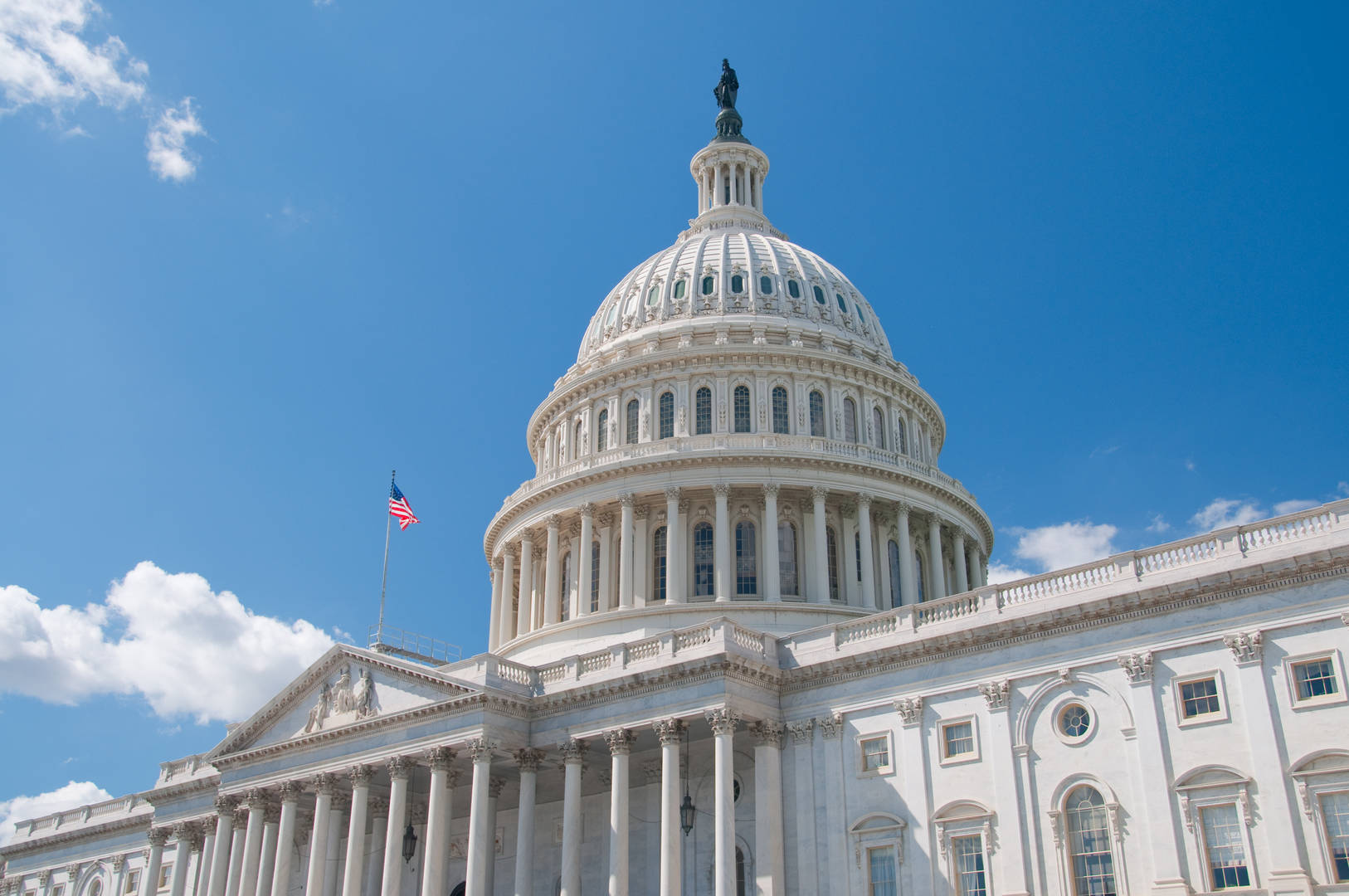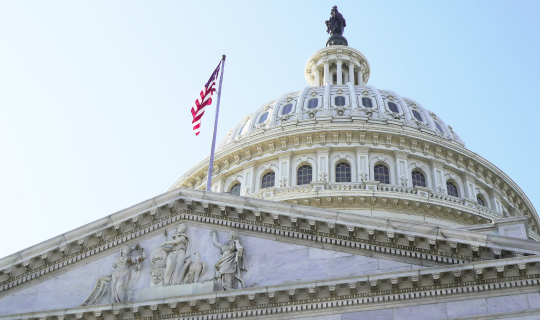Q&A: The dangers of pending Medicare cuts and what practices can expect in 2022
By Rita Norton

Q: Can you walk us through these pending Medicare cuts?
Rita Norton: The headline here is that specialty physician practices are facing up to a 9.75 percent cut in their Medicare reimbursement next year.These cuts are actually in three distinct parts. First, Medicare sequestration relief is once again scheduled to expire. As our practices remember, Congress temporarily delayed cuts to sequestration in 2020 and 2021, giving providers an extra financial boost during the pandemic. The clock on that most recent delay runs out December 31st and the end result will be a 2 percent cut to Medicare reimbursement rates.
Second, Congress enacted a temporary 3.75 percent increase in physician’s Medicare pay. Initially, this one-time increase was designed to help providers offset the cuts triggered by the 2021 Medicare Physician Fee Schedule Final Rule. It is also scheduled to expire at the end of the year, leaving practices vulnerable to feeling the full financial effects of the MPFS final rule.
Third, Congress did not fully offset the costs of the American Rescue Plan Act, which set off budget rules known as “PAYGO.” Simply put, automatic Medicare sequestration is triggered when legislation is not passed in a deficit neutral way. This will create an addition 4 percent sequester rate.
Q: What other cuts influence our specialties could be coming down the pipeline?
Rita Norton: Well, consider the temporary 3.75 percent rate increase. If it expires, the Centers for Medicare & Medicaid Services will take that expiration into account when determining the conversion factor. That’s just a fancy way of saying reimbursement will be lowered 3.75 percent.After a two-year delay, CMS finalized the majority of the proposed revisions to the mandatory Radiation Oncology Model (ROM) in the final 2022 OPPS/ASC rule. The model will begin Jan. 1, 2022, and end in December 2026. The ROM is complex, requiring practices to submit quality measures and clinical data elements. It has the potential to lower physician reimbursement rates and creates uncertainties that may negatively impact providers and patients. This model would change the way radiation services are paid—from fee-for-service payments to site neutral, modality agnostic, episode payments—with a goal of seeing if such changes incentivize physicians to deliver higher value care.
However, under the ROM, Medicare payment rates for radiation oncology services for certain cancers would decrease—a 13 percent drop for breast and colon cancer treatments and a 22 percent drop for advanced lung cancer treatments. The five-year model is scheduled to start on January 1, 2022. AmerisourceBergen has joined with other organizations, such as ASTRO and the Community Oncology Alliance in filing public comments opposing much of CMS’ proposed rule. While the implementation had been delayed for one year, and CMS had made some adjustments, they did not go far enough. AmerisourceBergen, though our Specialty Physician Services business unit, advocated for a positive conversion factor and at least delaying implementation of the ROM for a year to provide time to enact reforms that would extend CMS’ revisions.
Q: Why should our practices be worried?
Rita Norton: One of the easiest ways for the government to save money in healthcare is to lower the amount they reimburse providers. Many of our physician practices are reimbursed through Medicare Part B and that’s always the biggest target.We’re just starting to turn the corner after the pandemic. Such cuts could be devastating to our practices’ viability. In the 2021 Survey of America’s Physicians by the Physicians Foundation, 68 percent of independent physicians across all specialties reported a decrease in their income.
Our fear is that physician practices may not be able to keep their doors open and serve their patients, many of whom rely on the care they provide in rural and underserved areas.
Q: What advocacy steps are AmerisourceBergen taking?
Rita Norton: Through Community Counts, we are urging our members to contact their U.S. senators and representatives. We know our practices are highly politically engaged and Community Counts is an effective platform for them to reach their elected officials.Our specialty physician practice community has embraced these types of action alerts before. For example, one successful Community Counts action campaign was when the sequestration relief was set to expire in March. Through our grassroots efforts, 1500 letters were sent to 271 legislators. Those letters outlined the very real impacts these cuts would have had on specialty physicians’ livelihoods and ability to provide the highest standards of care. The Senate passed, and the president signed into law, a bill extending the Medicare Part B sequestration moratorium for the remainder of 2021. Such advocacy efforts prove the power of providers speaking out for themselves.
Q: Where are we with drug pricing reform?
Rita Norton: This is a consistently an important issue. Lowering drug prices remains a very popular idea among Americans across the political spectrum.
In early November, Congressional Democrats announced a deal to lower prescription drug pricing. It gives Medicare the ability to negotiate prices on drugs that are older - 9 years for orals and 13 years for biologics. The plan also would cap senior citizens out-of-pocket (OOP) costs, place a $35/month OOP cap on insulin products, and force pharmaceutical manufactures to pay penalties if they raise prices faster than inflation rates.
Of course, a deal is not a law. If the House passes this legislation it will undergo changes in the Senate - likely in December. President Biden has expressed his support, but it still needs to pass through both houses of Congress before it hits his desk.
"We know our practices are highly politically engaged and Community Counts is an effective platform for them to reach their elected officials."
Rita Norton

Q: Is there other pending legislation with the potential to affect specialty physician practices?
Rita Norton: Two items of interest are the end of the COVID-19 Public Health Emergency (PHE) and the end of Medicare telehealth flexibilities.CMS put telehealth flexibilities and increased Medicare reimbursements in place to address restrictions from the pandemic. These new provisions widened patients’ access to care and providers’ reimbursement for that care. Patients can have their initial telehealth consultation from their home, where previously, they had travel to the doctor’s office, clinic, or hospital. Telehealth’s reach was expanded to urban, suburban, and rural areas and coverage for home health and remote patient monitoring was expanded.
These and other provisions are set to expire at the end of January when the PHE expires. The Biden administration is expected to extend the PHE for another year, although, as we know, there are no guarantees in politics.
The 2022 Medicare Physician Fee Schedule did extend some of the telehealth provisions, regardless of whether or not the Public Health Emergency continues. Various physician advocacy groups have lobbied Congress to take up legislation to permanently change extend the flexibilities.
Q: What else should specialty practices be on the lookout for in 2022?
Rita Norton: Pharmacy benefit manager reforms are a consistent issue for community practices. Six groups, including the Community Oncology Alliance and the Council of State Rheumatology Organizations, have formed the Coalition for PBM Reform. The coalition wants to address the lack of PBM transparency that can impact provider decision making and patient access.PBM reform goes beyond the grassroots level. Senate Finance Committee Chairman Ron Wyden (D-OR) has sent a letter to CMS urging them to take on PBM reforms. In the state houses, various legislative efforts to curb PBM’s reach are currently under consideration.
We look forward to continuing to partner with physicians to try and stop these steep, scheduled Medicare physician fee cuts, and on structural healthcare reforms.





